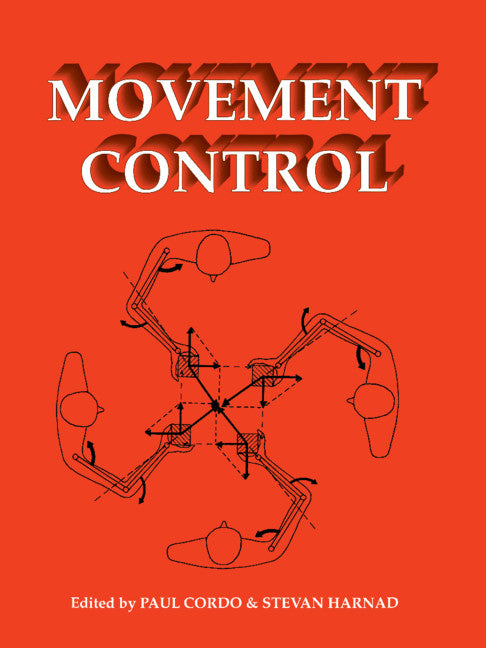Freshly Printed - allow 8 days lead
Couldn't load pickup availability
Movement Control
This volume addresses issues about how the central nervous system controls movement.
Paul Cordo (Edited by), Stevan Harnad (Edited by)
9780521456074, Cambridge University Press
Paperback, published 27 May 1994
292 pages, 66 b/w illus. 5 tables
21.6 x 27.6 x 1.6 cm, 0.701 kg
"...the choice of topics is interesting and attractive; the authors are leaders in their fields; and the commentaries provide a multifaceted perspective on the important controversies that inform the field of motor control today." Michael Arbib, Center for Neural Engineering, University of Southern California, Los Angeles
Movement is arguably the most fundamental and important function of the nervous system. Purposive movement requires the coordination of actions within many areas of the cerebral cortex, cerebellum, basal ganglia, spinal cord, and peripheral nerves and sensory receptors, which together must control a highly complex biomechanical apparatus made up of the skeleton and muscles. Beginning at the level of biomechanics and spinal reflexes and proceeding upward to brain structures in the cerebellum, brainstem and cerebral cortex, the chapters in this book highlight the important issues in movement control. Commentaries provide a balanced treatment of the articles that have been written by experts in a variety of areas concerned with movement, including behaviour, physiology, robotics, and mathematics.
1. Does the nervous system use equilibrium-point control to guide single and multiple joint movements? E. Bizzi, N. Hogan, F. A. Mussa-Ivaldi and S. Giszter
2. Does the nervous system use kinesthetic input to control natural limb movements? S. Gandevia and D. Burke
3. Can sense be made of spinal interneuron circuits? D. A. McCrea
4. Implications of neural networks for how we think about brain function D. A. Robinson
5. Do cortical and basal ganglia motor areas use 'motor programs' to control movement? G. E. Alexander, M. R. DeLong and M. D. Crutcher
6. Functional heterogeneity with structural homogeneity: how does the cerebellum operate? J. R. Bloedel
7. Are movement parameters recognizably coded in activity of single neurons? E. E. Fetz
8. Posterior parietal cortex and egocentric space J. F. Stein
Open peer commentary
Authors' responses.
Subject Areas: Neurosciences [PSAN], Psychiatry [MMH], Physiological & neuro-psychology, biopsychology [JMM]


